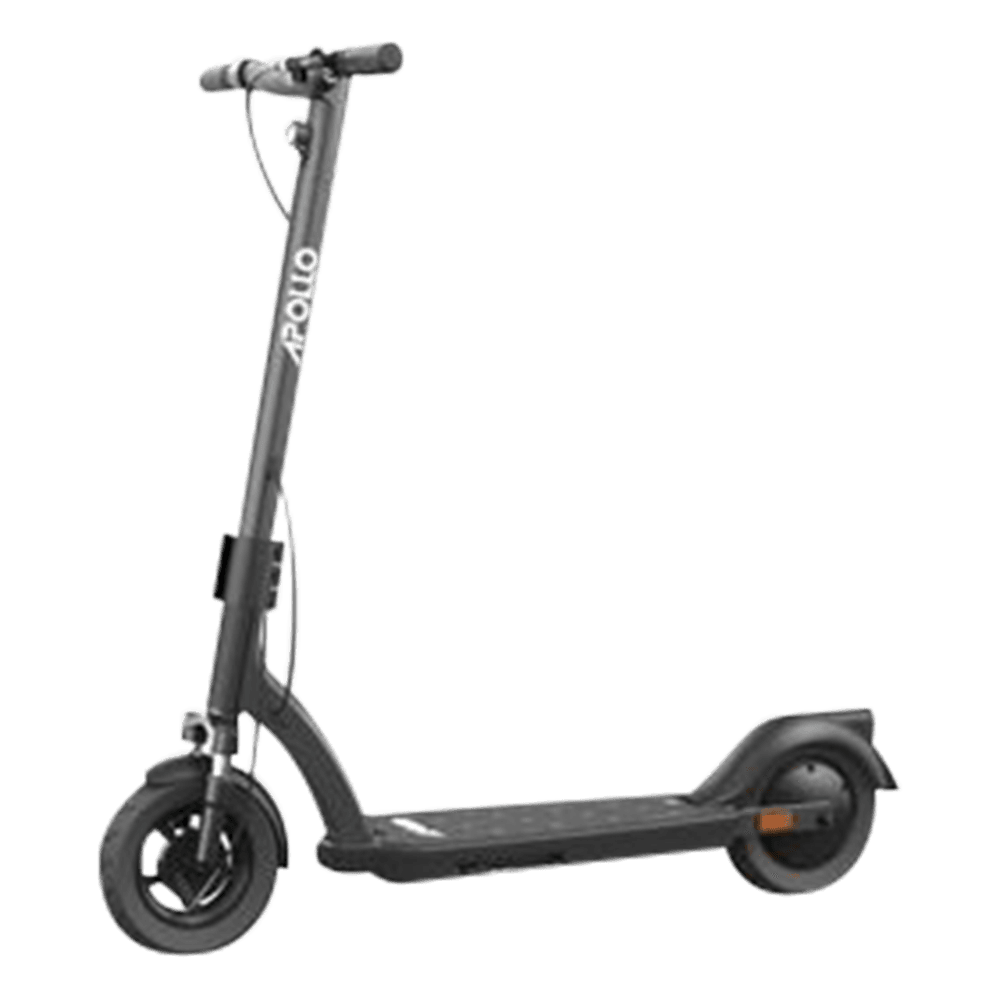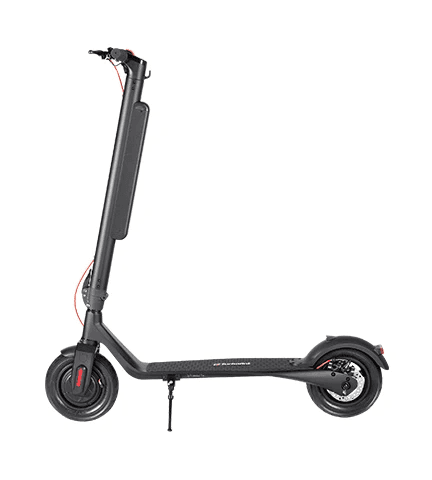Electric scooter comparison
Compare the Apollo Air Pro and the TurboAnt X7 Pro
Review the specs, pricing, and rider-focused details for the Apollo Air Pro versus the TurboAnt X7 Pro. Every matchup is sourced from Levy's internal database so you can make a confident choice.

Scooter A
Apollo Air Pro
Range 17.7 mi • Top speed 18.8 mph
$799

Scooter B
TurboAnt X7 Pro
Range 15.3 mi • Top speed 15.8 mph
$549
Specification breakdown
| Spec | Apollo Air Pro | TurboAnt X7 Pro |
|---|---|---|
| Range (mi) | 17.7 mi | 15.3 mi |
| Top speed (mph) | 18.8 mph | 15.8 mph |
| Weight (lbs) | 36.8 lbs | 31.7 lbs |
| Motor power (W) | 350 W | 350 W |
| Battery capacity (Wh) | 374 Wh | 360 Wh |
| Brakes | Drum | Disc |
| Tires | Pneumatic | Pneumatic |
| Waterproof rating | IPX4 | IPX4 |
| Suspension | Spring | None |
| Price (USD) | $799 | $549 |
Comparing Apollo Air Pro & TurboAnt X7 Pro Electric Scooters
Choosing the right electric scooter can be a challenging task considering the numerous options available in the market. Among these options, the Apollo Air Pro and the TurboAnt X7 Pro have emerged as popular picks. Both models meet high performance and quality standards, but there are key differences that set them apart.
The Apollo Air Pro, a durable and efficient scooter, boasts a maximum speed of 29 km/h and a 35 km range, being able to bear a maximum load of 220 lbs. Its powerful 350W motor is capable of tackling 15-degree inclines with ease. Furthermore, it is equipped with 8.5-inch air-filled tires and a cutting-edge dual suspension system, ensuring a smooth and comfortable ride.
On the other hand, the TurboAnt X7 Pro has a longer range of 48 km, a speed of up to 32 km/h, and it can handle a hefty weight up to 275 lbs. It runs on a robust 350W motor too, but its stronger battery promises more longevity. Unlike Apollo Air Pro, the TurboAnt X7 Pro uses 10-inch pneumatic tires and a simpler rear suspension system.
While both models offer similar quick folding mechanism for easy portability, the TurboAnt X7 Pro holds an advantage with its detachable battery design, allowing riders to charge the battery separately. Conversely, the Apollo Air Pro scores better in terms of ride quality with its dual suspension system.
In terms of cost, the Apollo Air Pro is slightly more expensive, which could be attributed to its advanced features. Ultimately, the choice between the two comes down to individual needs and preferences – range and battery life with the TurboAnt X7 Pro, or speed and superior ride comfort with the Apollo Air Pro.
Keep researching with Levy
Browse thousands more matchups or reach out to our team for personalized scooter advice.


